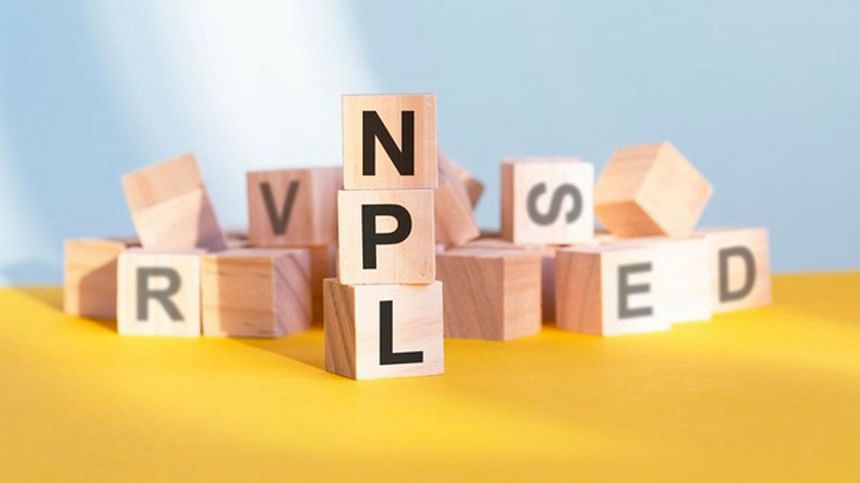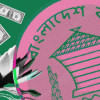25 banks keep NPLs below 5%

With the high rate of non-performing loans (NPLs) being a major challenge for the banking sector, just 25 of the 61 commercial banks in Bangladesh are managing to keep their NPL rates below 5 percent.
Additionally, 11 of these 25 lenders registered NPL rates of less than 3 percent by the end of June this year, according to data of Bangladesh Bank.
Industry insiders say the banks with low NPL rates practise good governance while their board of directors avoid interfering with management activities, making these lenders financially sound.
However, simply having a low NPL rate does not always indicate good financial health.
This is because it is only natural for newer banks to report lower rates of loan default considering how they have yet to disburse their overall portfolio.
Moreover, certain lenders hide their actual financial health by showing a clean balance sheet, they said.
The 11 banks that registered the lowest NPL rates are Eastern Bank, Pubali Bank, Shimanto Bank, Bengal Commercial Bank, Citizens Bank, Community Bank, Global Islami Bank, Bank Al-Falah, Citibank, the State Bank of India and Commercial Bank of Ceylon.
Of these, Bengal Commercial, Citizens Bank and Community Bank are newcomers who have yet to make significant disbursements, for which they have the lowest NPL rate, said an official of the central bank.
Community Bank was registered as a scheduled bank in 2018 while Bengal Commercial and Citizens Bank were awarded their licences in 2020.
Meanwhile, it is mainly foreign banks operating in the country that maintained low NPL rates through good governance, the official added.
On the other hand, the NPL rate of Global Islami Bank, previously known as NRB Global Bank, is 2.31 percent as the shariah-compliant lender is facing a tight liquidity situation.
Among state-run banks, only Sonali Bank was able to reduce its bad loans by recently adopting a go-slow strategy for disbursing large loans.
The NPL rate for Sonali Bank stood at 14.93 percent as of June, down from 17.69 percent a year ago.
NPLs in the banking sector hit a record of Tk 156,039 crore as of June this year, central bank data shows.
Loans amounting to Tk 24,419 crore turned sour in just the April-June period of the current year.
During those three months, BRAC Bank, Pubali Bank, Prime Bank, City Bank and Sonali Bank were among the few lenders able to reduce their bad loans while it increased for the majority.
The NPL rate of BRAC Bank stood at 3.52 percent in June, down from 3.83 percent a year ago.
"Our recovery team is very strong. That is why we are able to maintain our NPL rate below 5 percent," said Selim RF Hussain, managing director of BRAC Bank.
He said BRAC is an SME-focused bank and the repayment behaviour of small-and-medium borrowers is better than that of large ones.
"Good governance is the main factor in the banking sector," said Faruq Mainuddin, former managing director of Trust Bank.
But while some are seeing low NPL rates thanks to good governance, others are enjoying the same by sweeping their actual figures under the carpet.
"A majority of lenders, including state-run banks, are facing several challenges due to a lack of good governance," he added.
Ahsan H Mansur, executive director of the Policy Research Institute of Bangladesh, said that a good board of directors and management team are needed to become a sound bank.
"A good board of directors is vital as they can bring on a good and skilled management team," said Mansur, also the former chairman of BRAC Bank.
He said that in most cases, NPL rates are high at banks where the board of directors interfere with management activities.
"It is possible to bring down the NPL rate if the functions of the board of directors and management team are set properly," Mansur added, citing BRAC, Pubali and EBL as examples in this regard.
Against this backdrop, he suggested the central bank be more thorough when investigating the background of those looking to set up a bank in the country.
It should be mentioned that the NPL rate of 36 banks was below 5 percent as of June last year, indicating a growing number of default loans in the banking sector.

 For all latest news, follow The Daily Star's Google News channel.
For all latest news, follow The Daily Star's Google News channel. 








Comments